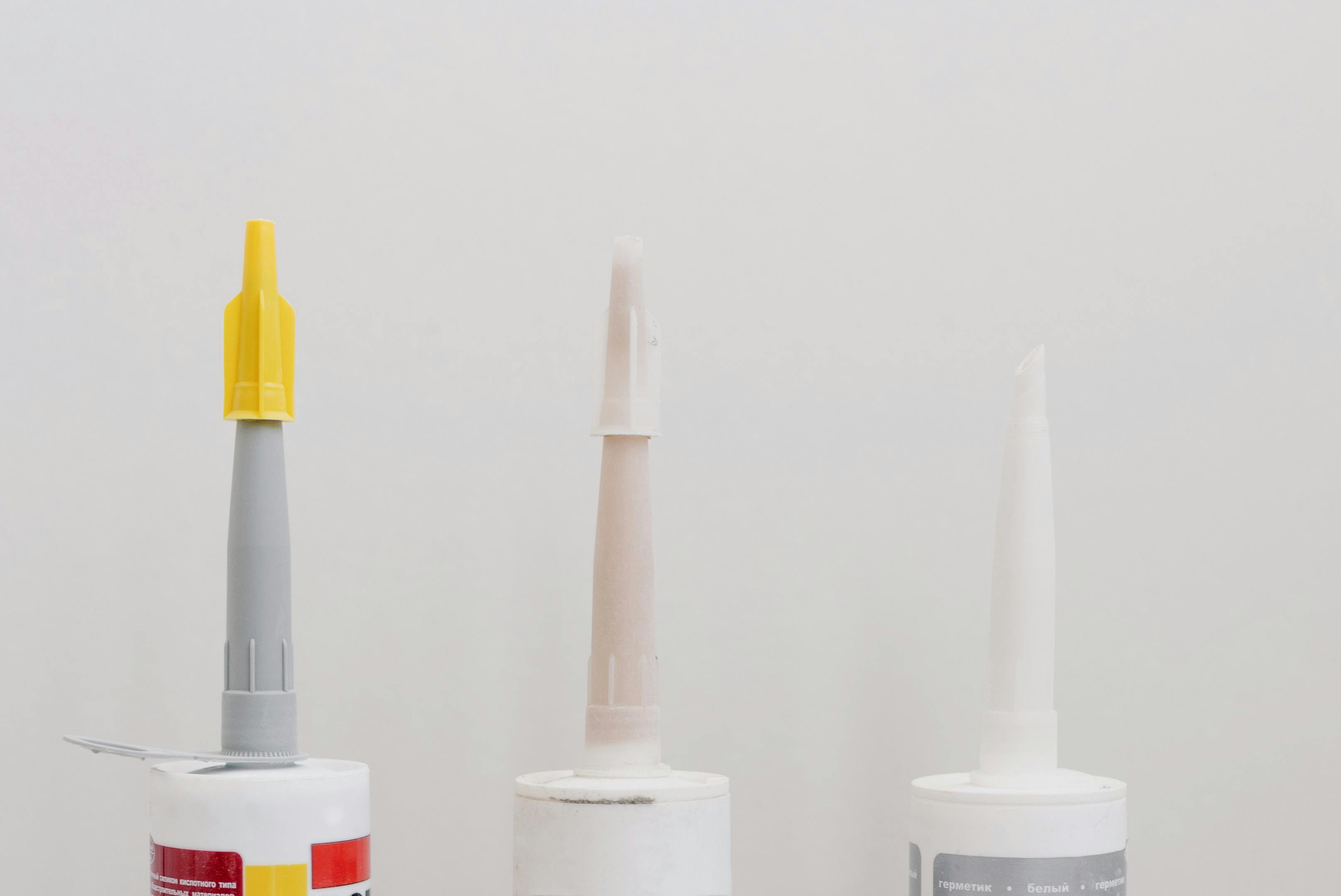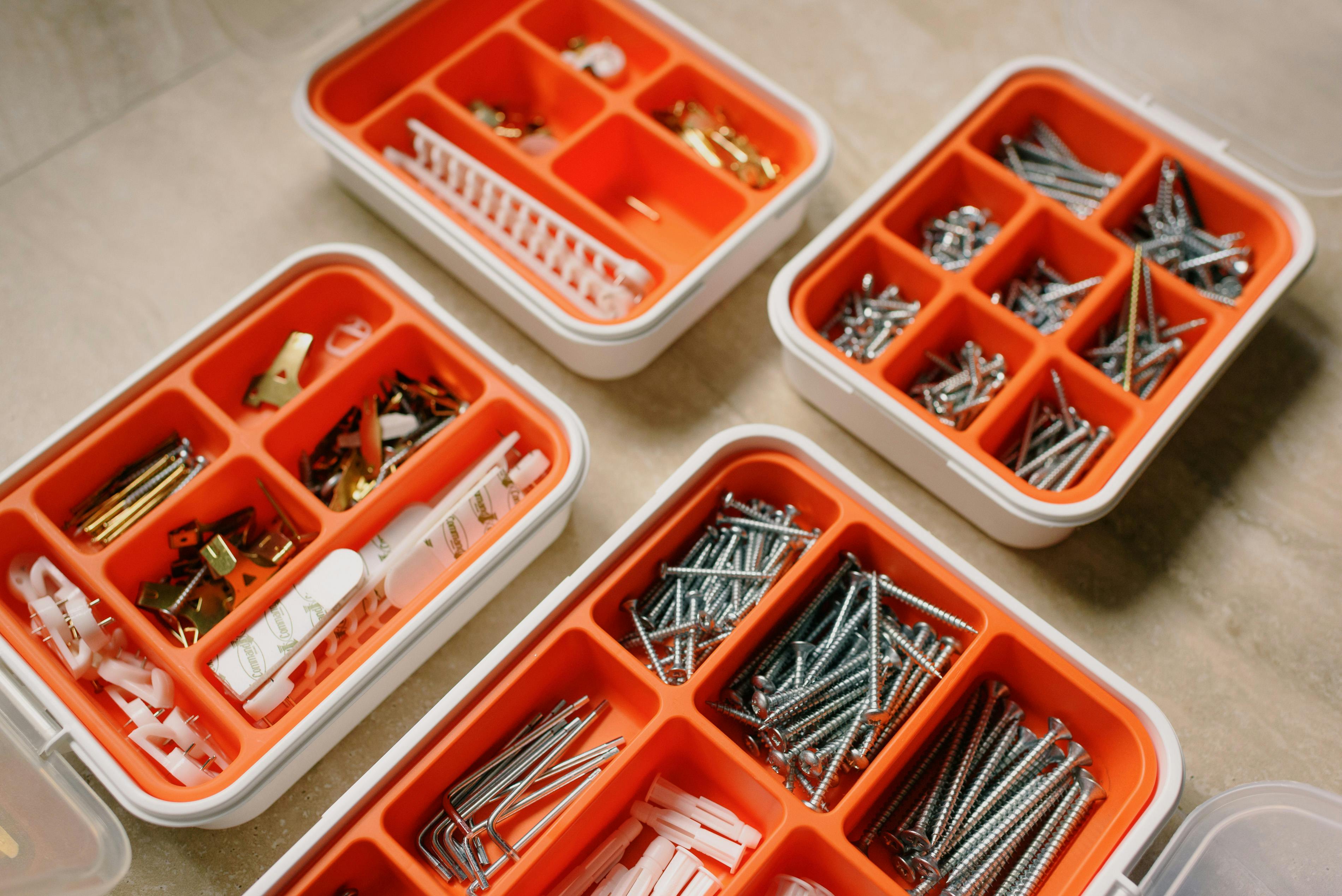Building a DIY raised garden bed can be a great way to provide your plants with the perfect growing environment. Raised beds are easy to construct, even for those with limited experience in carpentry. With a few simple tools and materials, you can create a raised bed that will last for years to come. In this guide, we will discuss the materials and tools you’ll need, how to build your bed, and some tips on caring for it. With these steps, you’ll soon have a beautiful raised garden bed that you can be proud of!If you are looking to build a DIY raised garden bed, you will need the following items:
-Wooden boards (2x10s or 2x12s)
-Screws
-Drill
-Measuring tape
-Shovel
-Gravel or stones
-Landscaping fabric
-Soil and compost
Choosing the Right Location for Your DIY Raised Garden Bed
When it comes to growing a successful garden, choosing the right location is key. A raised garden bed can offer many advantages over traditional in-ground gardens, so it is important to pick a spot that will provide the best conditions for your plants. Here are some tips to help you choose the right spot for your DIY raised garden bed.
First and foremost, you will want to pick an area with plenty of sunlight. A sunny spot that gets at least 6 hours of direct sun each
Preparing the Area for a DIY Raised Garden Bed
When planning a DIY raised garden bed, the first step is preparing the area. This involves selecting a suitable location, removing any existing vegetation and loosening the soil. Consideration should also be given to drainage, sunlight and access to water.
The ideal location for a raised garden bed should have good quality soil and plenty of sunlight. It should also be near a water source and have adequate drainage so that it does not become waterlogged or flooded during heavy rain. If you
Gather the Materials
Building a raised garden bed is a simple project; all it takes is a few basic materials and tools. You will need pressure-treated lumber, galvanized steel or plastic corner brackets, deck screws, landscape fabric, and soil. Make sure you choose materials that are safe for vegetable gardens. Pressure-treated lumber should be labeled as “ACQ” or “CA,” which means it’s not treated with chemicals that can harm plants. For the corner brackets, opt for galvanized steel or plastic; avoid using
https://images.pexels.com/photos/5691660/pexels-photo-5691660.jpeg
Positioning Your Raised Garden Bed
When it comes to positioning your raised garden bed, there are a few things to consider. First and foremost, it’s important to think about the amount of sunlight that the bed will be receiving. If you’re working with an area that gets a lot of shade throughout the day, then you’ll want to make sure that you choose a spot that allows for more light exposure. Additionally, it’s important to consider the type of soil and drainage in the area you choose. It’s best to pick an area with loamy soil that drains

How to Line the Inside of Your Raised Garden Bed
Raised garden beds are a great way to grow a variety of plants in your backyard without having to worry about weeds or pests. But if you want to get the most out of your raised garden bed, it’s important to line the inside with a material that will help keep out pests and retain moisture. Here are some tips on how to line the inside of your raised garden bed.
Choose a Material That Retains Moisture
The first
What to Fill Your Raised Garden Bed With
Raised garden beds are a great way to add some greenery and fresh produce to your home. But when it comes time to fill the bed, you need to make sure you’re using the right materials. The soil and other components of your raised garden beds are essential for producing healthy plants and vegetables. Here’s what you should know about filling your raised garden bed.
The most important part of filling a raised garden bed is the soil. You want the soil in the bed to
Location
Choosing the best location for your DIY raised garden bed is key to its success. Place it in a spot that gets at least 6 hours of direct sunlight each day, and make sure it’s far away from any trees or other plants that could be competing for water and nutrients. Make sure the soil is well-drained and free of weeds, rocks, and debris.
Soil
You don’t need to buy expensive soil to fill your DIY raised garden bed

Conclusion
Building a DIY raised garden bed is an easy and affordable way to start gardening and grow the plants of your choice. With a little planning and the right materials, you can create a beautiful, functional garden that you can enjoy for years to come. The key is to plan ahead, choose the right materials, and be mindful of your budget. Spend some time researching and planning before you begin building your raised garden bed.
By following the steps outlined in this guide, you should have no problem creating a beautiful raised garden bed that will provide years
